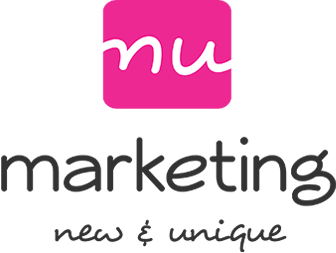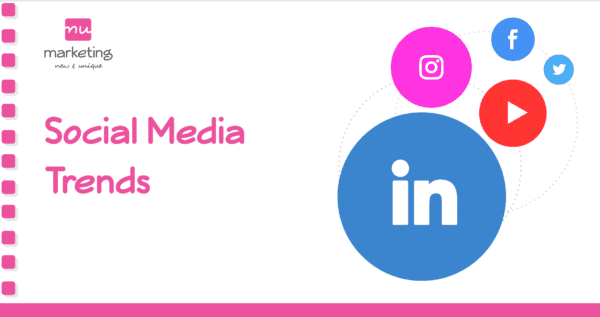
Communication is important in both our personal and professional lives. It can be challenging with the different preferred methods of communication: face-to-face, telephone, texting, not to mention all the social media platforms. There are many options for how you communicate with employees, co-workers, clients, prospects and industry partners.
Email communication is the most effective and important communication tool we use in today’s business world. Communication should serve a purpose. Communication is making sure your recipient understands what it is you’re asking or telling them, no matter what method you’re using. As professionals, we communicate to inform or solicit input as part of the decision-making process. We communicate to build a consensus among our team (internal or external) or to resolve conflict. It’s not only about communicating our message, but also making sure our recipient understands what we are expressing or requesting.
Email communication is really about the recipient. Many of you have probably read the 7 Habits of Highly Effective People. In this book, they state, “Seek First to Understand, Then to Be Understood.” This is the same with email communication. You must think about your audience and what they want to hear. What’s in it for them? Make it about the reader. Use words like ‘you’ and ‘yours.’ Personalization builds trust and engages the reader.
Just because you send an email doesn’t mean it was opened, read, and understood. There are many factors to email communication challenges. Did the email actually send, or is it stuck in your “Outbox?” Did they actually receive it through their email server? Did it go into their “Junk Folder?” If the recipient did receive it and open it, did they understand your message? Did they understand what they are supposed to do? All of these things are many times implied, so don’t always assume.
Take the highest level of formality with new email contacts until the relationship dictates otherwise. Refrain from getting too informal too soon in your email communications. Allow the recipient to dictate the formality of the emails. You can’t read tone and body language, so you just have the written word in email. Be as clear and concise as possible. The more important the message, the shorter and concise you want the message.
In our next blog, we address “Managing Your Inbox.” Yes, it is possible with some focus and attention!



